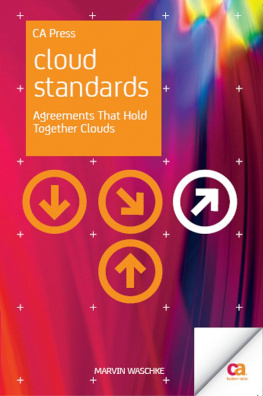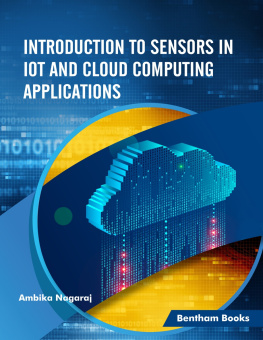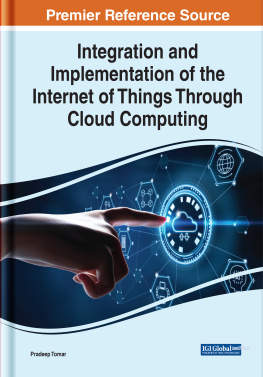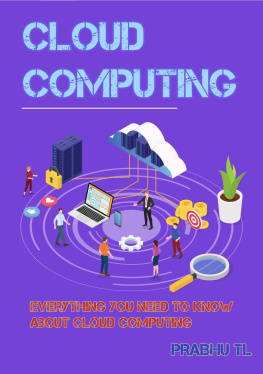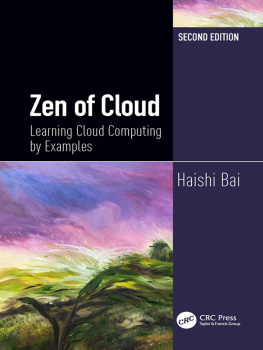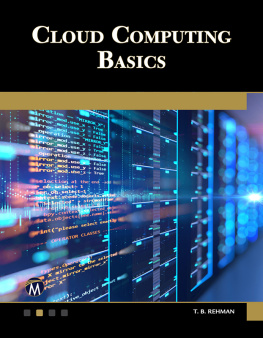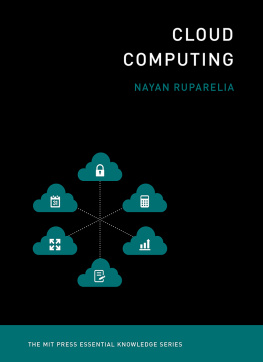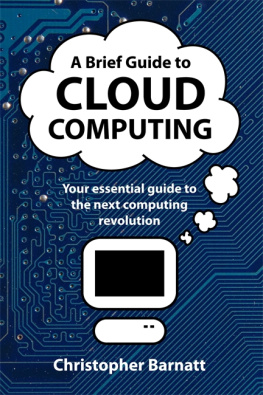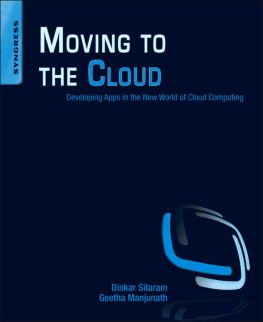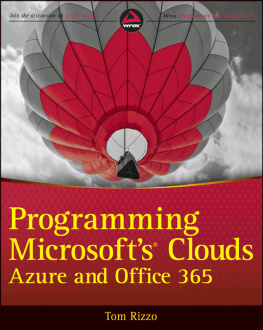Marvin Waschke - Cloud Standards: Agreements That Hold Together Clouds
Here you can read online Marvin Waschke - Cloud Standards: Agreements That Hold Together Clouds full text of the book (entire story) in english for free. Download pdf and epub, get meaning, cover and reviews about this ebook. year: 2012, publisher: Apress, genre: Romance novel. Description of the work, (preface) as well as reviews are available. Best literature library LitArk.com created for fans of good reading and offers a wide selection of genres:
Romance novel
Science fiction
Adventure
Detective
Science
History
Home and family
Prose
Art
Politics
Computer
Non-fiction
Religion
Business
Children
Humor
Choose a favorite category and find really read worthwhile books. Enjoy immersion in the world of imagination, feel the emotions of the characters or learn something new for yourself, make an fascinating discovery.
- Book:Cloud Standards: Agreements That Hold Together Clouds
- Author:
- Publisher:Apress
- Genre:
- Year:2012
- Rating:4 / 5
- Favourites:Add to favourites
- Your mark:
Cloud Standards: Agreements That Hold Together Clouds: summary, description and annotation
We offer to read an annotation, description, summary or preface (depends on what the author of the book "Cloud Standards: Agreements That Hold Together Clouds" wrote himself). If you haven't found the necessary information about the book — write in the comments, we will try to find it.
Cloud computing is often described as providing computing resources the way electric utilities provide energy. In theory, anyone with an adequate connection to the Internet should be able to tap into a cloud provider and get exactly the computing resources they want when they want it, just like plugging into the electricity grid and getting exactly the energy you want when you want it. But to get that electricity, there are many standards: voltage, frequency, phase, motors constructed in standard waysthere is a long list; there is an equally long list for cloud computing. Many of the standards are already in place. Others are being developed; some in contention.
Cloud Standards is a broad discussion of important existing and future standards. For existing standards, the discussion focuses on how they are used, providing practical advice to engineers constructing clouds and services to be deployed on clouds. For future standards, the discussion is on why a standard is needed, what the benefits will be, and what is being done now to fill the gap. No current book provides this information in the depth and detail necessary for an engineer in his work, an architect in designing cloud systems, a product manager collecting and evaluating products, or an executive evaluating the feasibility of a project. A second benefit from this book is that it provides insight into cloud implementations. Cloud implementations can be seen as the culmination of many trends in software and hardware engineering. Much of the foundation for these developments have been crystallized in the form of standards like TCP/IP (Transmission Control Protocol/Internet Protocol) and HTTP (Hypertext Transmission Protocol). The book leads readers to understand how these contribute to and affect cloud implementations.
Unfortunately, emerging standards are often messy. Cloud implementers may need to choose between competing proposed standards. Sometimes it is better to reject the standard entirely and roll your own. This book provides background for intelligent decisions.
Keeping a cloud, or an application implemented on a cloud, running well requires careful tuning of the implementation. Tuning often involves adjusting controls that are in the standard or applying the standard in less well-known ways. This book is an aid in tuning cloud systems for maximum benefits.
- A reader should take away the ability to identify the appropriate standards to apply in all aspects of cloud implementations and the design and construction of software to be deployed on the cloud.
- Users will learn how to apply the standards once they are identified, and the strengths of specific standards.
- Since standards are at the foundation of many aspects of cloud computing, readers will also gain a greater understanding of how the cloud works, as well as its strengths and vulnerabilities.
Cloud Standards is aimed at trained software engineers, architects, product managers, and knowledgeable executives who are accustomed to working in an enterprise IT environment. Readers will be aided by familiarity with basic programming practices and common software engineering tools like Java and XML, although this knowledge is not required.
Table of Contents- Setting the Scene, Some Cloud Scenarios
- What are Standards? Why do they exist?
- What is cloud?
- Cloud Related Technologies and Services
- Types of standards that go into the cloud and how they interact
- Network Standards
- Internet Standards
- Web Services Standards
- Security Standards
- Cloud Specific Standards (This chapter will be long. Break it up?-marv)
- Management Standards and Best Practices
- Summing Up
Marvin Waschke: author's other books
Who wrote Cloud Standards: Agreements That Hold Together Clouds? Find out the surname, the name of the author of the book and a list of all author's works by series.

